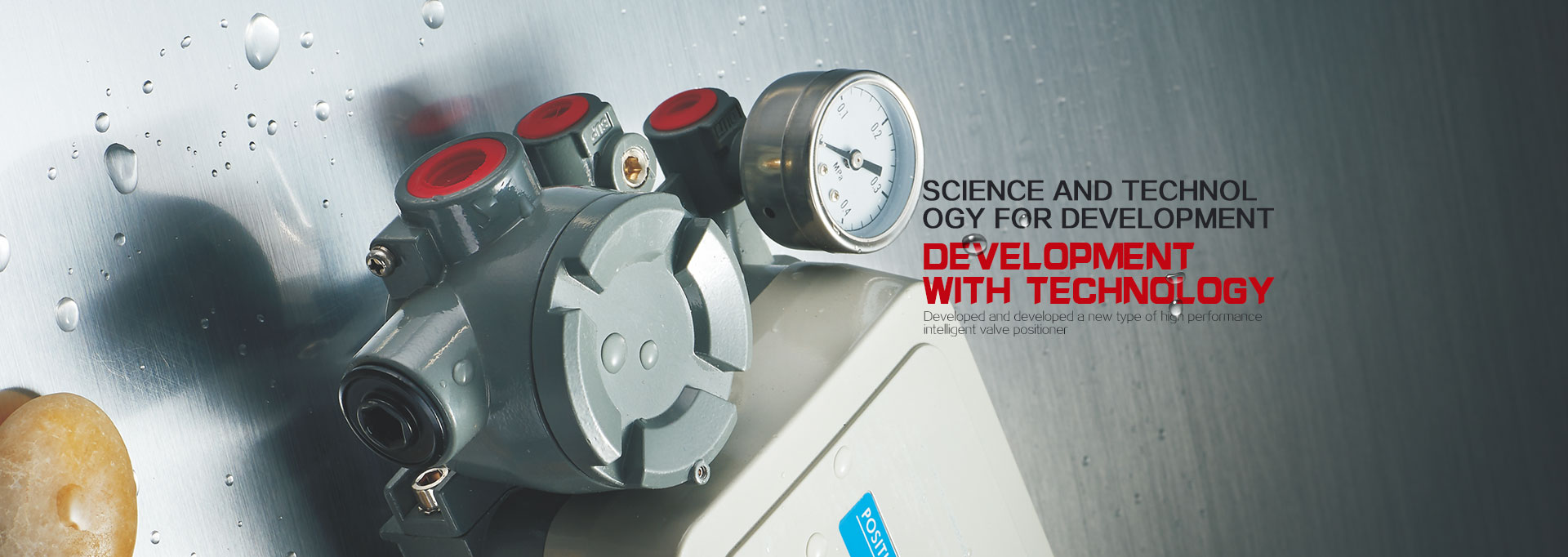Pneumatic valve locator
Pneumatic valve locator
Pneumatic valve locator is one of the important accessories and accessories of pneumatic control valve. It plays the role of valve positioning.
Chinese pneumatic valve locator
One of the important accessories and accessories of pneumatic control valve
Function to position the valve
Among various industrial automation process control fields
Supporting double acting pneumatic actuator
major function
The pneumatic valve positioner and the pneumatic actuator constitute the automatic control unit and the connection of various control valves. After debugging and installation, they are combined
into pneumatic control valves. It is used in various industrial automation process control fields.
Structural principle
Pneumatic valve positioner is a device that receives weak electric signals such as 4-20mA from controller or control system, and transmits air signals to pneumatic actuator to control valve position.
The pneumatic valve positioner is used together with the pneumatic control valve to form a closed-loop control circuit. The DC current signal given by the control system is converted into the gas
signal driving the regulating valve to control the action of the regulating valve. At the same time, feedback according to the opening of the control valve, so that the valve position can be correctly
positioned according to the control signal output by the system.

Matching use
It can be used for single acting (spring return type) and double acting pneumatic actuators.
The pneumatic valve positioner works according to the principle of moment balance. When the signal pressure P1 of the bellows 2 increases, the main lever 3 is rotated around the fulcrum,
so that the nozzle baffle 9 is close to the nozzle. After the nozzle back pressure is amplified by the unidirectional amplifier 8, the pressure into the film chamber of the actuator increases, so
that the valve rod moves downward. The feedback lever is driven to rotate around the fulcrum, and the feedback cam is also rotated counterclockwise. The auxiliary lever 4 is rotated around
the fulcrum through the roller, and the feedback spring is stretched. When the tension between the spring and the main lever 3 and the signal pressure applied on the bellows reach the moment
balance, the instrument reaches the balance state. The valve position of the actuator is maintained at a certain opening, and a certain signal pressure corresponds to a certain valve position opening.
The above mode of action is positive. If you want to change the mode of action, just turn the cam upside down and change direction a to direction B, etc. The so-called positive acting positioner
means that the signal pressure increases and the output pressure also increases; the so-called negative acting positioner means that the signal pressure increases and the output pressure decreases.
As long as a positive actuator is equipped with a reaction positioner, the action of the reaction actuator can be realized; on the contrary, as long as a negative actuator is equipped with a reaction
positioner, the action of the positive actuator can be realized.







